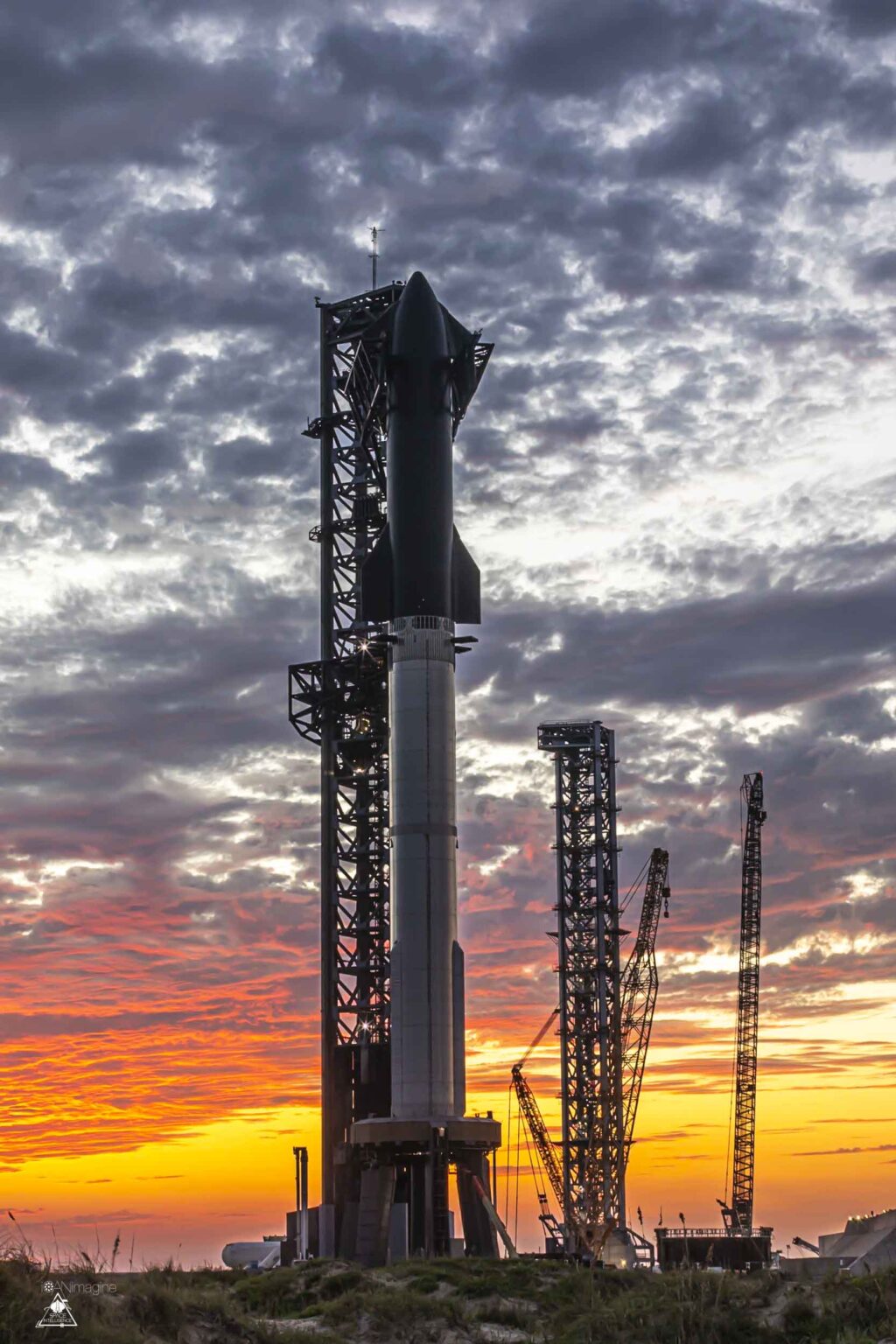

Interesting space news!

Less than a month after launching its Starship rocket and catching its booster, SpaceX is targeting a sixth test flight of its gleaming stainless steel rocket which towers almost 400 feet tall (121 meters).
The company announced on Wednesday a target launch date of Nov. 18, along with lessons learned from Flight 5 and mission objectives for Flight 6.
Unlike every other mission launch, this time around, SpaceX didn’t need to hedge its bets on the timing of the launch based on regulatory approval. When the Federal Aviation Administration cleared the Flight 5 mission, they also approved the company’s plan for Flight 6.
“The FAA determined the changes requested by SpaceX for Flight 6 are within the scope of what has been previously analyzed,” the FAA wrote in an Oct. 12 statement. “Any modifications requested by SpaceX to the approved Flight 6 scope of operations may require further FAA evaluation.”
To a large extent, Flight 6 will be a repetition of Flight 5, featuring another suborbital flight with a splashdown of the Ship upper stage in the Indian Ocean. However, the mission will include a few key differences.
This time around, SpaceX is reviving a mission milestone from Flight 3 with its intent to demonstrate a relight of one of the Raptor vacuum engines during the rocket’s coast phase. That objective was abandoned on that mission when the rocket began to roll much more aggressively than intended.
“Starship did not attempt its planned on-orbit relight of a single Raptor engine due to vehicle roll rates during coast,” SpaceX said in a post-launch statement on March 14.
With two successful coast phases during the most recent flights, SpaceX said this test is now within reach and will serve to demonstrate “the capabilities required to conduct a ship deorbit burn prior to orbital missions.”
Flight 6 is a suborbital mission and there once again will not be a payload onboard the rocket The mission will instead serve as a teaching tool for SpaceX on further iterations of the vehicle. Some of those lessons will come from a better understanding of the Ship’s thermal protection system.
